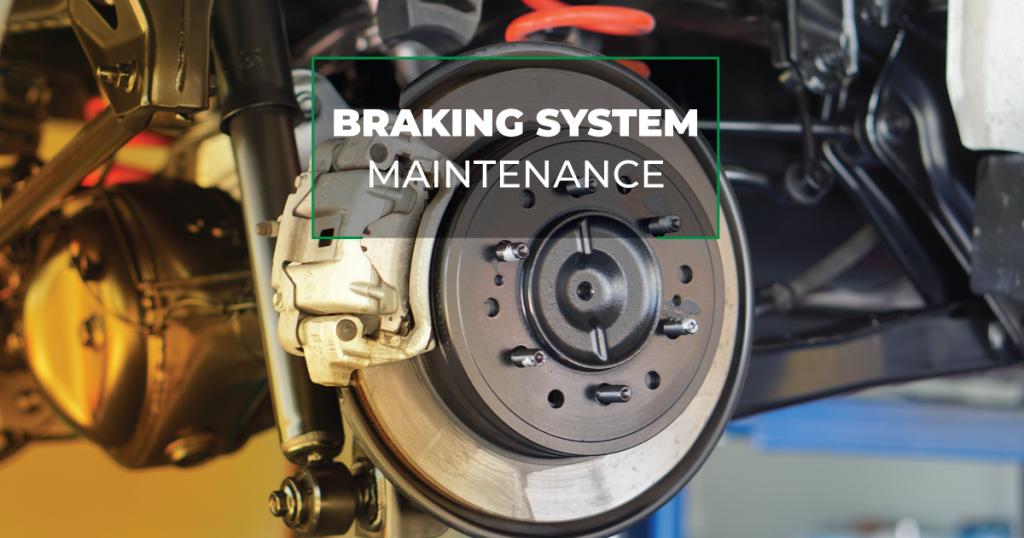One of the most critical vehicle systems that you need to pay close attention to is the braking system. It consists of an electro-hydraulic circuit (in newer cars a fully electronic ‘brake-by-wire’ system) that regulates brake fluid pressure to the wheel discs and drums, via the Anti-Lock Braking System (ABS).
Due to the high frictional forces experienced on the rotational parts, it is important to ensure that these components are in good shape regularly as your safety and well-being depend on it. Here are some of the issues one needs to check regularly on the braking system.
Replace the brake pads and shoes yearly
These components are the ones responsible for slowing down the vehicle momentum by kinetic action on the wheel disc/drum, courtesy of boosted fluid pressure acting on the callipers.
The pads/shoes are made of a heat-resistant material that allows for consistent braking capabilities at any given time.
Brake pads come with a metal wear indicator that gets in contact the disc, generating a sharp screech indicating that the pad is worn out. Always ensure that your mechanic uses genuine replacement pads.

Check and replace brake discs when you experience vibrations while braking
If you experience vibrations when braking, it’s a sign that the discs are warped due to the constant braking effect on the disc.
The callipers exert a force equivalent to 25 times the power of the vehicle over a small surface area on the disc, hence warping is inevitable. Short term solution is to scheme the discs to straighten the warps on the disc but always advisable to replace the discs.

Check and top up brake fluid levels regularly
Next time you visit the petrol station, check the brake fluid levels regularly. If you notice the levels fluctuating it means the hydraulic system has a leak. Consult your mechanic to check the hydraulic lines for leakage.
Remember to use the specified brake fluid with the right viscosity index indicated on the brake reservoir cap or owner’s manual.

Check and replace brake pad sensors when worn out
Modern cars with Anti-Lock Braking system come with a series of wheel sensors that measure rotational speed for the ABS computer. Information received is used to automatically regulate individual brake pressure during braking.
Due to heat and corrosion, these wheel sensors wear out and the ABS system light will be illuminated on the dashboard. In some cases, the sensors can be clogged by dust or rust, cleaning with WD40 will do the trick. If you drive certain European brands, wheel sensors come together with brake pads as a package.
